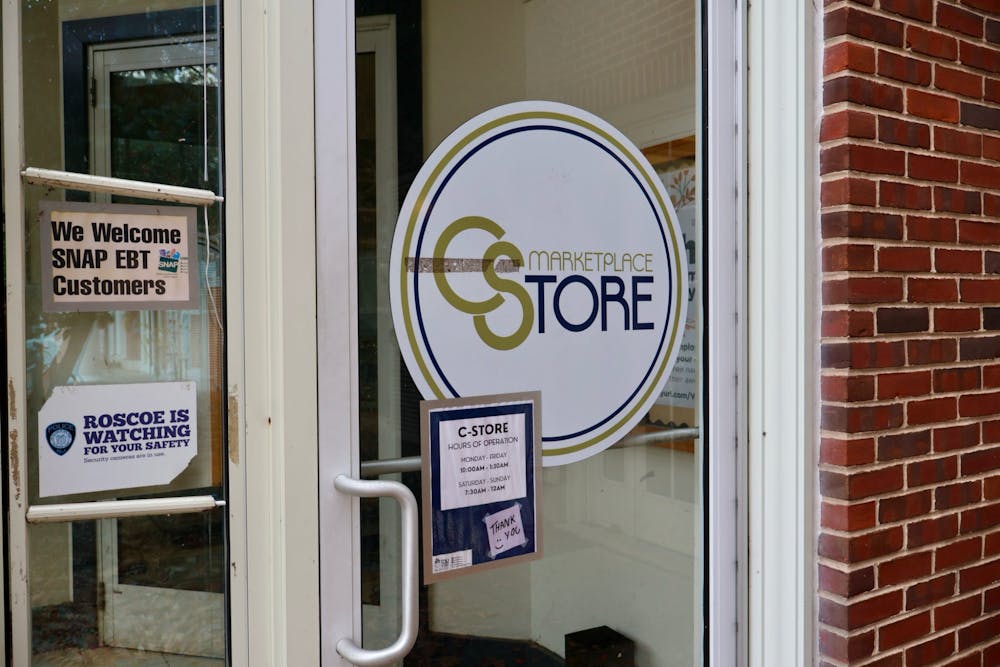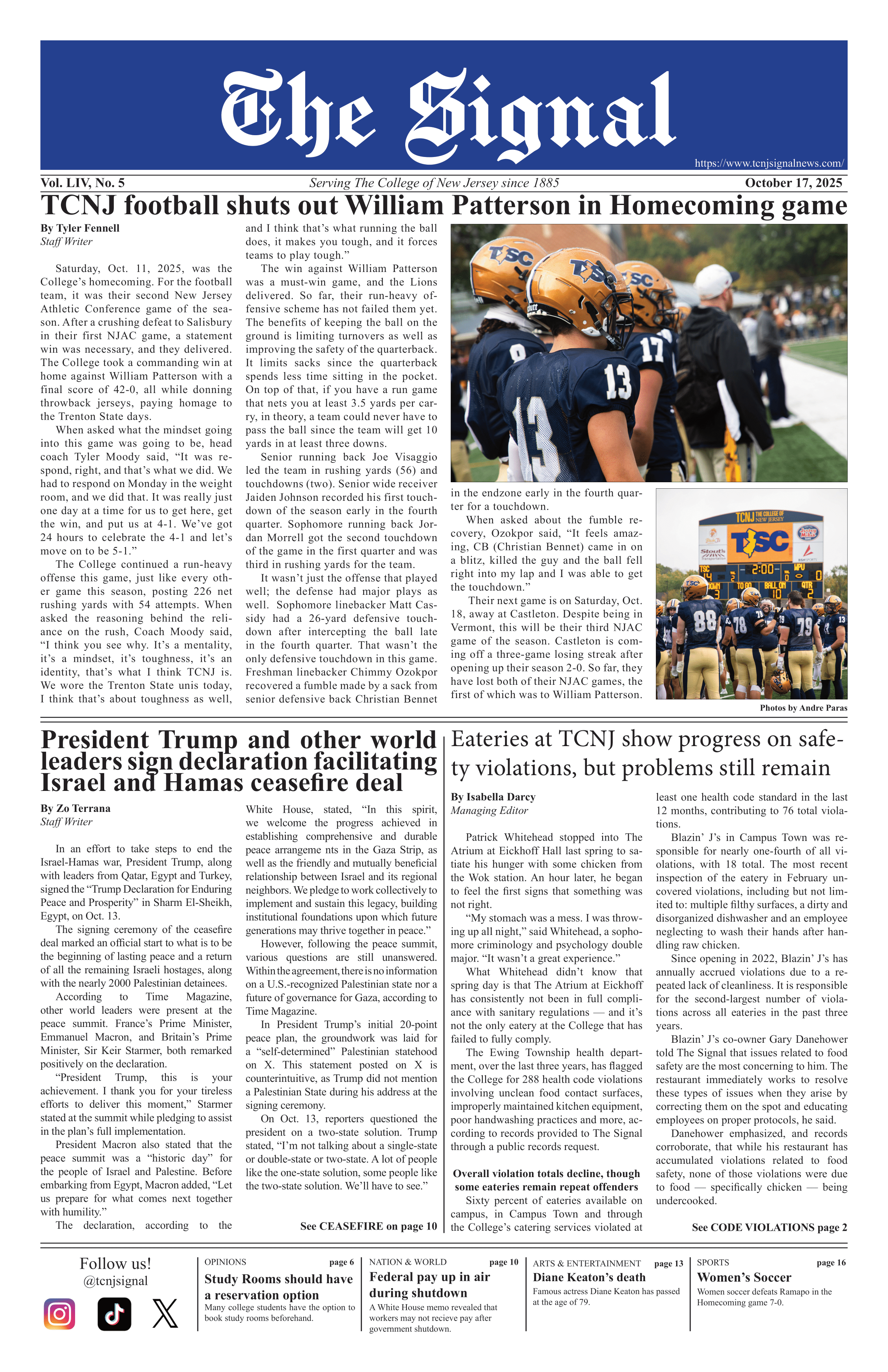By Deeya Doshi
Correspondent
The other night, I was walking and decided to go into C-Store. I was on the hunt for a sweet treat, and it was close and therefore convenient. I was browsing the aisles when I started noticing the absurdity of the price tags.
All the prices were high, as they always are, but when I got to the milk section, I was particularly alarmed. C-Store was selling a quart of Almond Breeze sweetened vanilla almond milk for $7.05. I saw this 32 oz container — the size of a medium water bottle — and I was shocked by how much it cost.
Initially, I excused it with the fact that almond milk is expensive, and what do I even know about groceries? But then I looked up the price in comparison to other grocery stores, and what I found was worse than I had expected.
C-Store’s almond milk cost almost three times as much as the same one at our local Target. Target sells the almond milk for $2.39, compared to C-Store’s $7.05.
In the interest of avoiding outliers, I found other stores selling the same brand of almond milk — including Whole Foods, Stop & Shop and ShopRite — and found that C-Store’s prices were consistently 2.08 to 2.90 times more expensive.
I was so shocked by this that I decided to compare prices of another staple item: peanut butter. C-Store sells a 16 oz jar of Jif creamy peanut butter for $7.15. Online, Food Depot sells the same peanut butter for $2.39, meaning C-Store has prices three times as high.
Food Depot seemed to sell fairly cheap groceries, so I compared the price to the same peanut butter at Target as well. Target sells this exact peanut butter for $3.19 — less than half the price that C-Store sells it at. For reference on all prices, see the table below:

While many may argue that C-Store prices are fair because of its convenience, when compared to other convenience stores such as CVS and Walgreens, C-Store is still 1.5 to 2.5 times more expensive for both peanut butter and almond milk. The convenience of being on a campus just does not justify this extreme of a price increase, especially when the prices are compared to other stores that serve similar functions.
These C-Store prices are especially egregious because of the population of students on campus. Not everyone can afford these prices, as evidenced by the many students using some form of financial aid.
In order to get food, these students are forced to pay double or triple the cost of an item. Furthermore, just because these points feel like fake money doesn’t mean they are, as 1 point is equal to $1.
When you have to pay 7 points for a jar of peanut butter, that’s $7 you’re spending. Can you imagine going to ShopRite or CVS and choosing to spend that much money on peanut butter?
C-Store also accepts SNAP benefits, which is a positive, but those customers are still paying double or triple amounts for items which they can already scarce afford.
Some may argue that C-Store is commonly sold out of many items, meaning that the pricing must be okay. But sold-out products mean nothing.
Many students at the College who do not have cars are forced to shop at C-Store because they have no other option. How does one go shopping for cheaper groceries when there are no other stores within walking distance of campus? Of course C-Store will sell out if it’s a student’s only option.
Adding insult to injury, the College forces students that live on campus to buy a meal plan. Students don’t even have the option to grocery shop elsewhere because they have points they need to use up at certain overpriced convenience stores.
This also contributes to C-Store’s sales — people have prepaid money that they have to spend, or else risk completely wasting those funds. This enables C-Store to raise prices even higher, knowing that students will buy things to exhaust their points.
With all these factors taken into account, it is obvious that C-Store is ridiculously overpriced. These prices are not acceptable and must be lowered.







